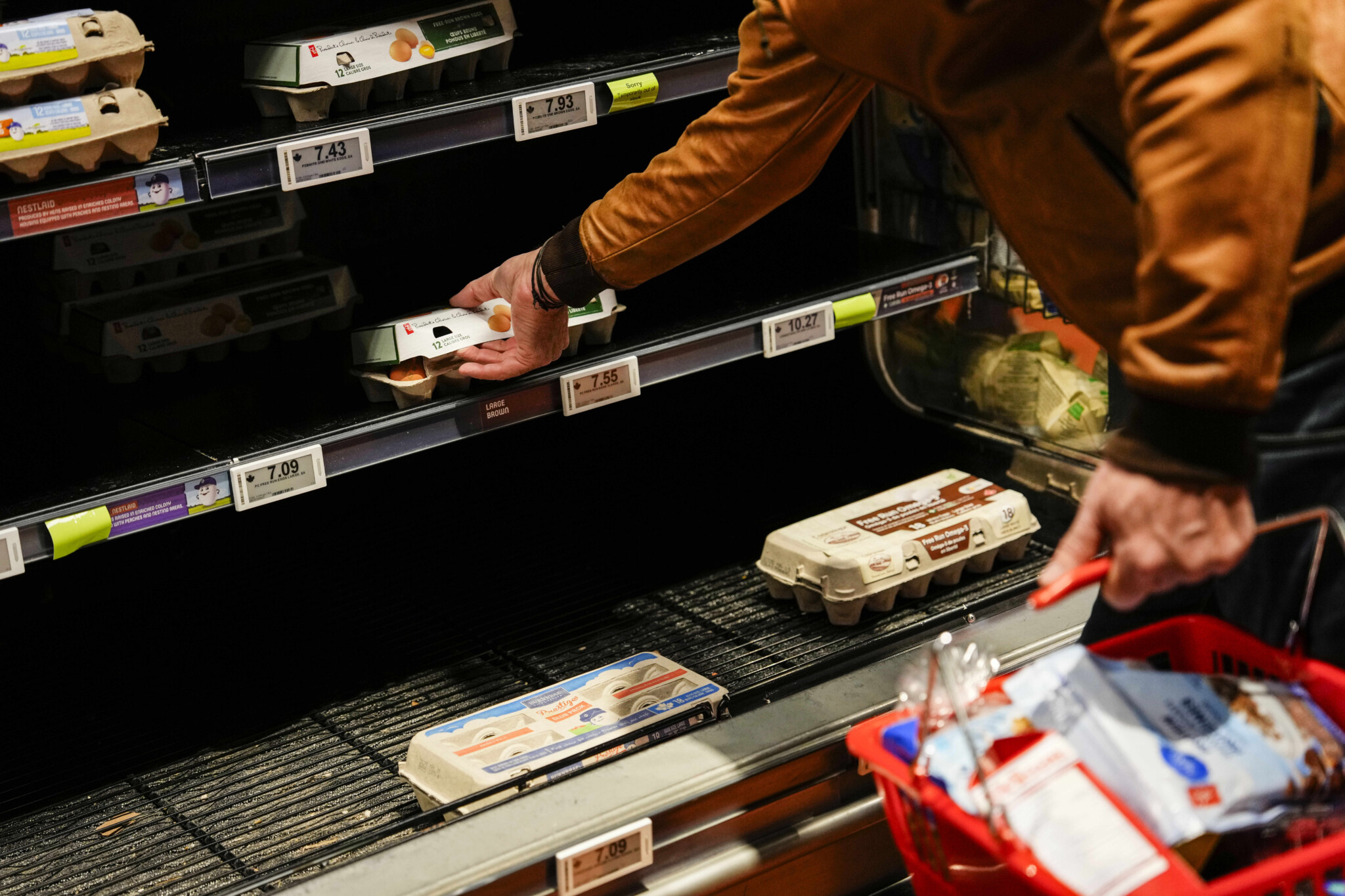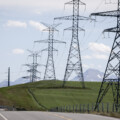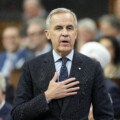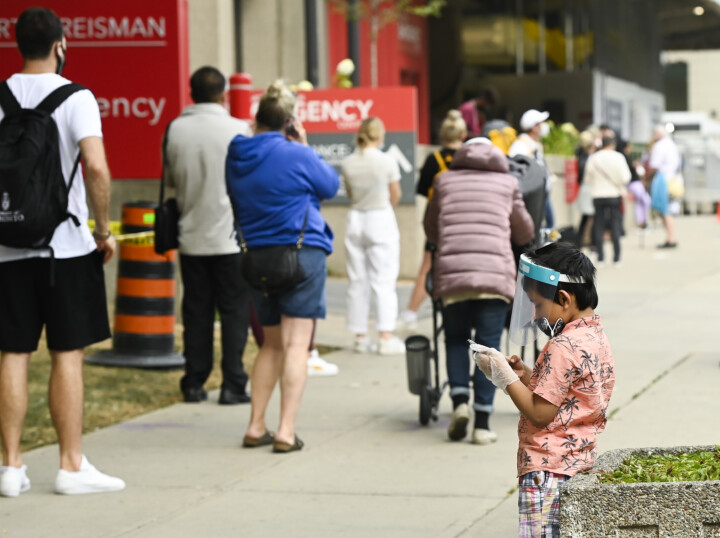Who’s standing up for Canada’s poorest families? While there has been near-total political consensus around the need for retaliatory tariffs, it’s Canada’s poor who may be paying the heaviest price, literally at the grocery store.
The latest inflation data, released Tuesday by Statistics Canada, show the extent to which Canada’s counter-tariffs on U.S. goods are driving up food prices here.
On a seasonally adjusted basis, food prices have jumped 4.4 percent since January (or 18 percent annualized). That’s the biggest three-month surge in food inflation in records going back to the early 1990s—and more sudden than even any three-month period during the pandemic.
Lower-income households feel this most acutely. Statistics Canada’s latest Survey of Household Spending, which was also released this week, shows that families in the bottom 20 percent of income spend 14 percent of their consumption expenditures on store-bought food. For the top 20 percent, it’s just under 10 percent.
To be sure, overall inflation did slow to 1.7 percent in April, down from 2.3 percent in March—mostly due to the removal of the federal consumer carbon tax. But underlying inflation measures, which strip out volatile items, are now rising again. For the first time in a year, they’ve moved above 3 percent, driven in large part by food prices.
Some food items hit by tariffs have seen massive price increases. Year-over-year, prices for oranges and peppers are up 14 percent, coffee and tea are up 13 percent, fruit juices 11 percent, and berries 8 percent.
And it’s not just the tariffs. A surge in buy-Canadian sentiment may be boosting demand for domestic products, some of which are in short supply, driving up prices even further.
The federal government has imposed 25 percent duties on roughly $60 billion worth of U.S. goods, before exemptions. That figure doesn’t even include countermeasures on autos. Despite carve-outs announced recently, Finance Minister François-Philippe Champagne said last weekend that about 70 percent of those tariffs remain in effect. That implies duties on roughly $40 billion of imports. That’s potentially up to $10 billion in added taxes should the duties persist for the full year, paid by Canadian consumers.
And things may get worse. Loblaw CEO Per Bank warned on LinkedIn last week that the number of tariff-related price increases could hit 6,000 products in the next two months—a sixfold jump.
Like the GST, tariffs are regressive. But unlike the GST, there’s no rebate to offset the cost for low-income families.
Worse still, the tariffs are coming at a time when the government is implementing income tax cuts and the reversal of a capital gains tax hike. Yes, lower-income Canadians, many of whom earn little or no employment income, are getting hit by new taxes at a time when wealthier families are getting tax relief.
What’s more, tariff-driven inflation makes it harder for the Bank of Canada to justify interest rate cuts, which is another blow to those most vulnerable.
Let’s be clear: Trump’s tariffs may be the catalyst, but the price increases Canadians are seeing are the result of Ottawa’s decision to retaliate. Other countries facing similar U.S. tariffs have chosen not to respond to the same extent. It’s important to remember: this was a policy choice.









